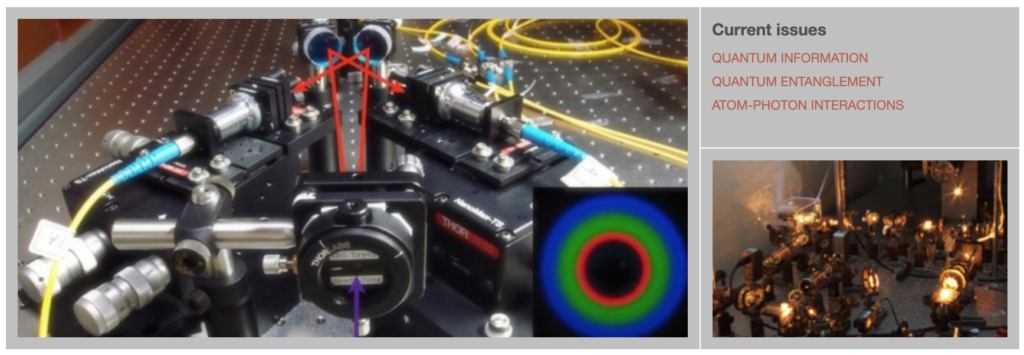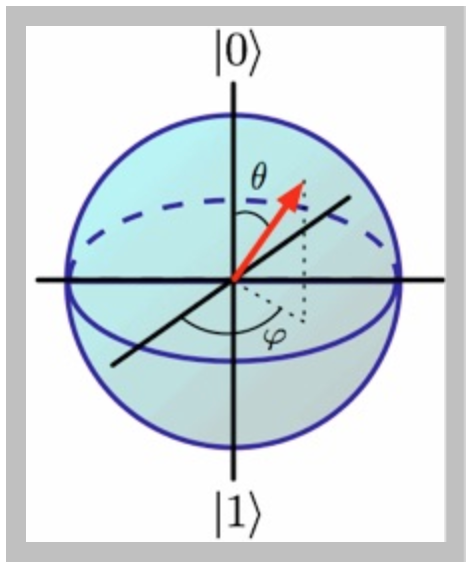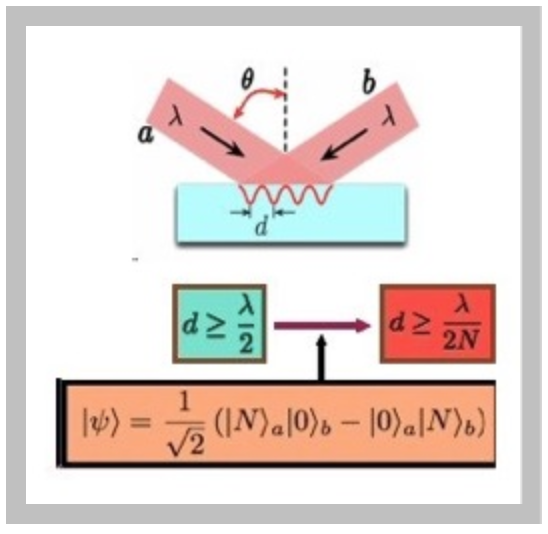Quantum-Enhanced Imaging and Metrology
Every quantum mechanical particle (e.g., electron, photon, …) has the de Broglie wavelength associated with it. Interferometry using such particles has the resolution limit called the Rayleigh limit which is determined by the de Broglie wavelength of the individual particles. For N entangled particles, however, the de Broglie wavelength is reduced by a factor of N. Therefore, quantum interferometry and imaging system which utilize entangled photons can be made have the resolution limits that surpass the classical Rayleigh limit.
We are doing research on entangled photon interferometry and imaging methods as well as multi-photon detection schemes for next generation high-resolution metrology, imaging, and quantum lithography.



